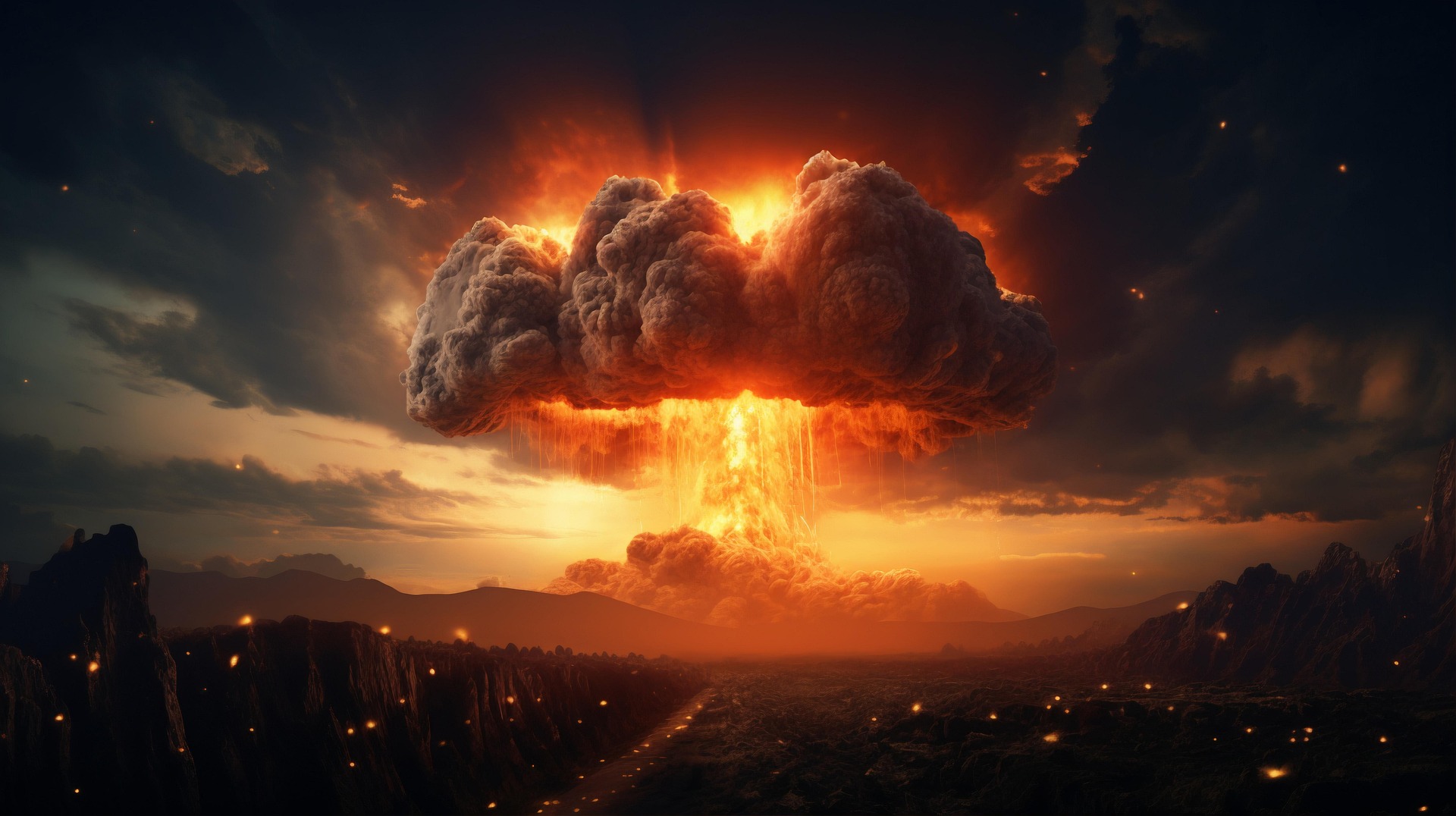Physical Address
304 North Cardinal St.
Dorchester Center, MA 02124

I Want to Believe

I Want to Believe

In a stark video released June 10, 2025, U.S. Director of National Intelligence Tulsi Gabbard issued a chilling warning: humanity stands “closer to the brink of nuclear annihilation than ever before.” The three-minute address, interlaced with footage from her recent visit to Hiroshima and archival scenes of devastation, laid bare the existential stakes that confront us—a message at once urgent, profound, reminiscent of Carl Sagan’s cosmic caution: our species is teetering on a precipice of its own making (en.wikipedia.org, politico.com).
Standing at the site where the first atomic bomb fell in 1945, Gabbard channeled the melancholy of history. Hiroshima was more than a destination; it was a mirror held up to modernity. She emphasized how today’s weapons—“far more powerful than the bomb dropped in 1945”—can annihilate millions in minutes (politico.com). In Sagan-like fashion, she invited the public to contemplate the frailty of civilization—a grand experiment in consciousness now vulnerable to primitive forces of war.
Gabbard didn’t mince words about the hypocrisy entrenched within political elites. Her most provocative assertion: while regular people remain vulnerable, the powerful feel insulated—literally—as they can retreat into private bomb shelters. These bunkers, she argued, decouple the rulers from the ruled, enabling reckless nuclear brinkmanship (thesun.co.uk). It’s an accusation that cuts deep: if even the leaders believe themselves secure, what barrier stops them from gambling with global security?
Echoing Sagan’s belief in the redemptive power of human wisdom, Gabbard pivoted from doom to duty. She implored citizens to demand change: no more silent complicity, no more succumbing to fear-mongering. “We must reject this path to nuclear war and work toward a world where no one has to live in fear of a nuclear holocaust,” she urged (politico.com).
Support for her position came swiftly, surprisingly from voices within the Trump administration. Gabbard’s deputy chief of staff noted that President Trump “recognizes the immeasurable suffering—and annihilation—caused by nuclear war,” aligning with his stated aim to pursue peace (politico.com).
Indeed, the warning aligns with broader discussions—such as Camp David’s strategy sessions—about stemming nuclear tensions with Iran, Russia, Ukraine, Israel, and Gaza (axios.com).
Since her confirmation on February 12, 2025, as DNI—catalyzed by her transition from Democrat to Republican—Gabbard has turned foreign policy into her core mission (en.wikipedia.org). She’s long been an advocate for arms control, from pushing “no first use” nuclear policies to sponsoring bills like “No More Presidential Wars” aimed at limiting executive war powers (en.wikipedia.org). This recent video represents not a new alarm, but a crescendo of her consistent warnings.
Not everyone received the message with solemnity. Critics mockingly labeled the video “unhinged,” accusing Gabbard of theatrics more akin to conspiracy theorists than sober intelligence briefings (thesun.co.uk). Even some Republicans expressed concern that her stark framing might undercut diplomatic negotiations or signal panic. Yet the intellectual lineage of her warning is not opportunism—it’s existential realism.
Carl Sagan repeatedly reminded us that, for all our technological triumphs, we remain a fragile species perched on a pale blue dot. Gabbard’s admonition recasts that lesson in today’s nuclear context. The true Saganesque insight is this: if we allow ourselves to forget the atomic lesson of Hiroshima, if we permit the powerful to insulate themselves while exposing the many, then we squander the one shot we have at survival.
What tangible path forward might arise from this warning?
Revive and strengthen arms-control treaties: Modernize START, pursue a new Iran accord, discuss NATO-Russia limits.
Legislate sanity: Enact “no first use” nuclear policy. Pass bills like Gabbard’s “No More Presidential Wars.”
Democratize deterrence: Insist on transparency about nuclear capabilities and bunkers—no secret advantages.
Public engagement: Educate citizens on nuclear realities. A pressurized public can demand sanity from policymakers.
In her Hiroshima address, Tulsi Gabbard urged us: “It’s up to us, the people, to speak up…and demand an end to this madness” (thesun.co.uk, en.wikipedia.org). That is the heart of a Carl Sagan–inspired call to action: illuminate the shadows, foster thoughtful empathy, and craft policies that reflect both our cosmic curiosity and our responsibility for life on Earth.
In sum, this is more than a policy warning—it’s a moral challenge. Gabbard asks us to examine our collective purpose: do we continue down the road toward mutual extinction, or do we rise above our tribal impulses and recognize that nuclear war is not just a political failure—it’s a human failure? As Sagan once noted, “The cosmos is within us. We are made of star-stuff.” Let us not allow human folly to snuff out that stars tuff forever.